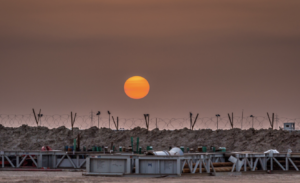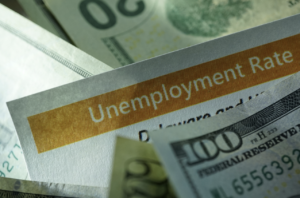Ads
China’s economic growth has been a topic of concern lately, with the country’s GDP expansion underperforming that of the rest of Asia. Various factors have contributed to this situation, including a property crisis and elevated youth unemployment. The Chinese economy is expected to experience a slowdown in economic development after decades of rapid growth.
Recent data collected by HSBC as of November 2024 sheds light on the anticipated expansion of per-capita GDP for specific Asian countries between 2023 and 2026. The data shows that India and Southeast Asian nations are expected to see an average per-capita GDP growth of 6.5% over the 2023-2026 period. This growth is driven by strong foreign and domestic private investment flows, a thriving technology sector, a rising middle class, and a youthful population in these economies.
In contrast, China is expected to only experience an average per-capita GDP growth of 3.9% during the same period. To address these challenges, China’s top leaders have expressed their intention to implement more aggressive stimulus measures to boost consumer demand. They have also proposed plans for interest rate reductions and increased government expenditure.
Robin Xing, chief China economist at Morgan Stanley, has highlighted the difficulties that the governing Communist Party faces in stimulating the economy. Xing believes that 2025 will be a challenging year, but he is hopeful that by 2026, the government will find the right policy mix that includes consumption-centric stimulus and reforms to the social safety net.
The Chinese government’s focus on stimulating economic growth comes at a time when the global economic landscape is facing uncertainty. The ongoing COVID-19 pandemic, geopolitical tensions, and climate change are just some of the factors that are impacting economies worldwide. In this context, China’s efforts to boost its economy have implications not only for the country itself but also for the rest of the world.
One of the key challenges facing China is the property crisis, which has been fueled by soaring housing prices and a growing debt burden. The government has implemented measures to cool the property market, but more needs to be done to ensure its stability. The rise in youth unemployment is another area of concern, as it impacts the country’s future growth potential.
In order to address these challenges, China needs to focus on structural reforms that promote sustainable growth. This includes investing in education and skills training to equip the workforce for the jobs of the future. It also involves fostering innovation and entrepreneurship to drive productivity and competitiveness.
At the same time, China must prioritize environmental sustainability and address issues such as air pollution, water scarcity, and climate change. By implementing green policies and transitioning to a low-carbon economy, China can not only protect the environment but also position itself as a global leader in sustainability.
In conclusion, China’s economic growth is at a critical juncture, with the country facing a number of challenges that require strategic solutions. By focusing on stimulating consumption, implementing structural reforms, and promoting sustainability, China can overcome its current obstacles and pave the way for sustainable and inclusive growth in the future.






